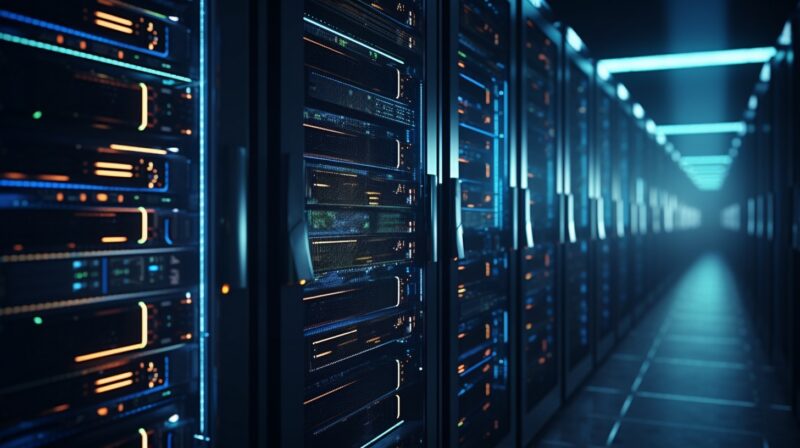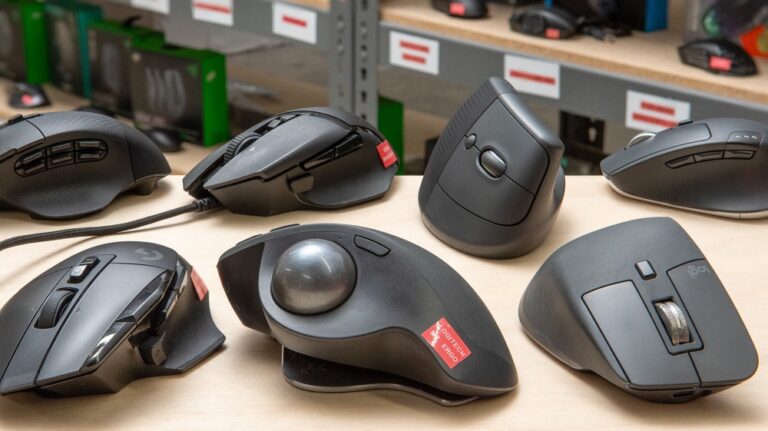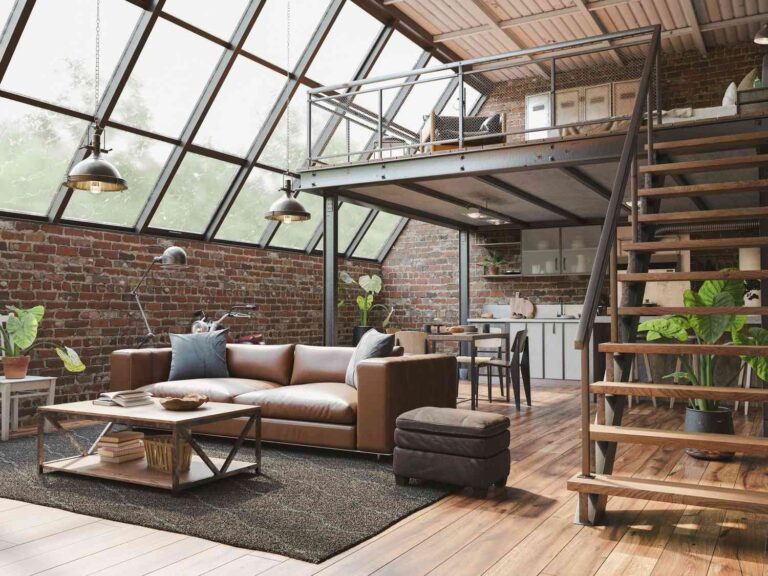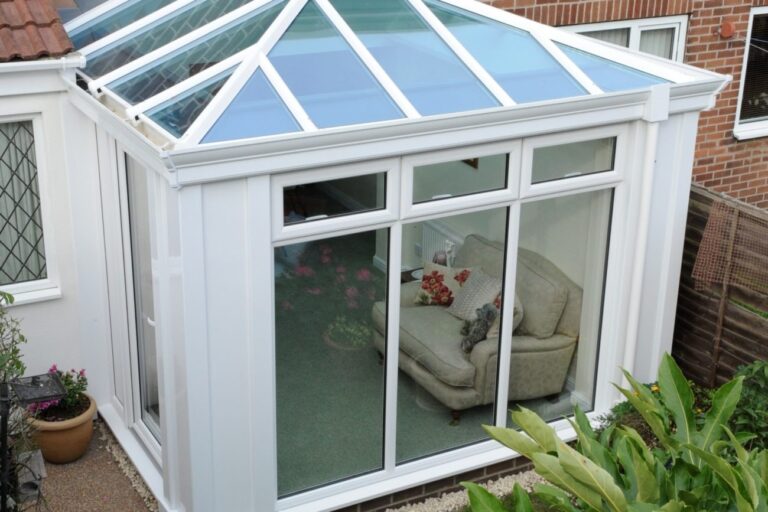Transitioning from an on-premises data solution to a colocation data center is a big undertaking for any organization. In addition to planning out the intricate details of the migration, IT leaders also have to think about specific equipment needs for the new environment.
For some organizations, moving into a data center could mean transitioning from having standalone servers to installing hardware in colocation cabinets. If they have specific server rack cabinet needs, however, they need to find a provider who can accommodate them with customized solutions.
Standard Server Rack Dimensions
While the size of the cabinet enclosures used to house servers can vary significantly (more on that in a moment), data center server racks have very specific dimensions based on a unit of measurement called a rack unit (abbreviated as U or RU). A rack unit is equal to 1 ¾ inches (44.45 mm), and the dimensions of each piece of equipment installed in the unit are expressed in these units (usually 1U, 2U, 3U, or 4U).
Standard server rack cabinet enclosures are 42U high, although the actual height of the cabinet is usually higher due to the external frame.
The average server rack width is 19 inches, although 23-inch racks are not uncommon for some types of hardware (such as telecommunications). In some cases, server equipment comes in a “half server rack” size, which is typically half as wide but higher than 1U.
While typical data center cabinets are 42U, they are available in different sizes, even ranging as large as 48U, which can accommodate up to 24 2U devices. Some facilities (especially private, on-premises locations) may also utilize smaller racks which be as small as wall-mounted 6-18U units or “half-height” server racks ranging 18-22U high.
Assessing Data Center Server Rack Needs

When it comes time to migrate hardware into a colocation facility, it’s important to understand just how much space will be needed to accommodate all of that equipment. This should be a relatively straightforward process, but it could be more complicated if existing server equipment isn’t well-organized or deployed.
For many on-premises solutions, IT infrastructure can be rather disorganized and poorly documented. This is why performing an equipment audit is one of the most important steps in the migration planning process.
Assessing data center rack needs requires more than just making sure there’s enough room for colocated server equipment. Power distribution is critical as well, since some servers will require much more power than others. Just because a cabinet has 42U of space doesn’t necessarily mean it can support that much equipment. Cabinet capacity is limited by power distribution circuits, so installing too many servers in a cabinet could wind up blowing a fuse.
Today’s server cabinets support much higher power density than in the past. Whereas the typical cabinet once only used about 3-5kW of electricity, newer cabinets support closer to 10kW on average. In a hyperscale facility with more efficient power infrastructure, it’s not uncommon to find high-density racks capable of supporting workloads around 30-40kW.
If a facility supports high-density deployments, it might make sense to invest in newer blade-style servers to cut down on the amount of space needed to provide the same level of computing power.
Can I Bring My Own Cabinets Into a Data Center?

In most cases, colocation data centers rent out rack space in their existing cabinets to customers. This makes managing their infrastructure a bit easier as they only have to account for existing cabinets when it comes to delivering power and cooling. For many organizations, however, this solution is less than ideal.
Server rack cabinets come in many shapes and sizes, with a number of them offering specific features that an IT department finds necessary for their network systems. They may also simply want to retain the control that comes with maintaining complete ownership over the server cabinet rather than relying upon someone else’s equipment.
When evaluating colocation providers, it’s important to ask whether or not they support customized solutions specifically related to server deployment. While any facility can provide space, power, and cooling, a more flexible data center can accommodate more complex needs. This could include making space on the data floor for a client’s specialized cabinets.
In such cases, it’s important to account for those additional needs when developing a data center migration plan. If special accommodations need to be made for that equipment, it’s best to know about them prior to the migration. Showing up on the day of the move with a server cabinet that doesn’t fit through the door isn’t necessarily a dealbreaker (nothing is impossible!), but it could make an already difficult situation more stressful, especially where downtime is concerned.
Making the move to a colocation environment requires organizations to have a good understanding of their server equipment needs. By partnering with a facility that provides customized solutions for data center server racks, they can deploy hardware that empowers their network and allows them to maintain full control over their critical infrastructure and applications.
FAQs

What is the standard height of a data center server rack cabinet?
The standard height for a data center server rack cabinet is 42U. However, it’s important to note that the actual height of the cabinet may be slightly higher due to the external frame.
Are server rack cabinets always 19 inches wide?
While the average server rack width is indeed 19 inches, some hardware, particularly in the telecommunications industry, may require 23-inch racks. Additionally, there are “half server rack” sizes that are typically half as wide but taller than 1U.
How do I assess the power needs for my server equipment in a colocation data center?
Assessing power needs involves understanding the power consumption of each server and ensuring that the cabinet’s power distribution circuits can support the load. It’s crucial to perform an equipment audit and work with the data center provider to ensure adequate power supply.
Can I bring my own server cabinets into a colocation data center?
Yes, some colocation data centers allow customers to bring their own server cabinets. It’s important to inquire about this option when evaluating colocation providers, as it provides more flexibility and control over your equipment.
Final Words
Transitioning to a colocation data center is a significant step for any organization, and understanding your server rack cabinet needs is essential. From standard dimensions based on rack units (U) to assessing power requirements and the possibility of bringing your cabinets, careful planning ensures a smooth migration.
Partnering with a data center that supports customized solutions for server racks can help you maintain control over your infrastructure and applications in the new environment.
Related Posts:
- Data Center Design 101: Everything You Need to Know
- Data Center Networking 101: Everything You Need to Know
- 5 Things You Need to Know About Data Center Infrastructure
- What You Need to Know About Data Center Power Management
- Top 5 Next Generation Data Center Trends You Need to…
- Server Downtime: Common Causes and How to Prevent Them








